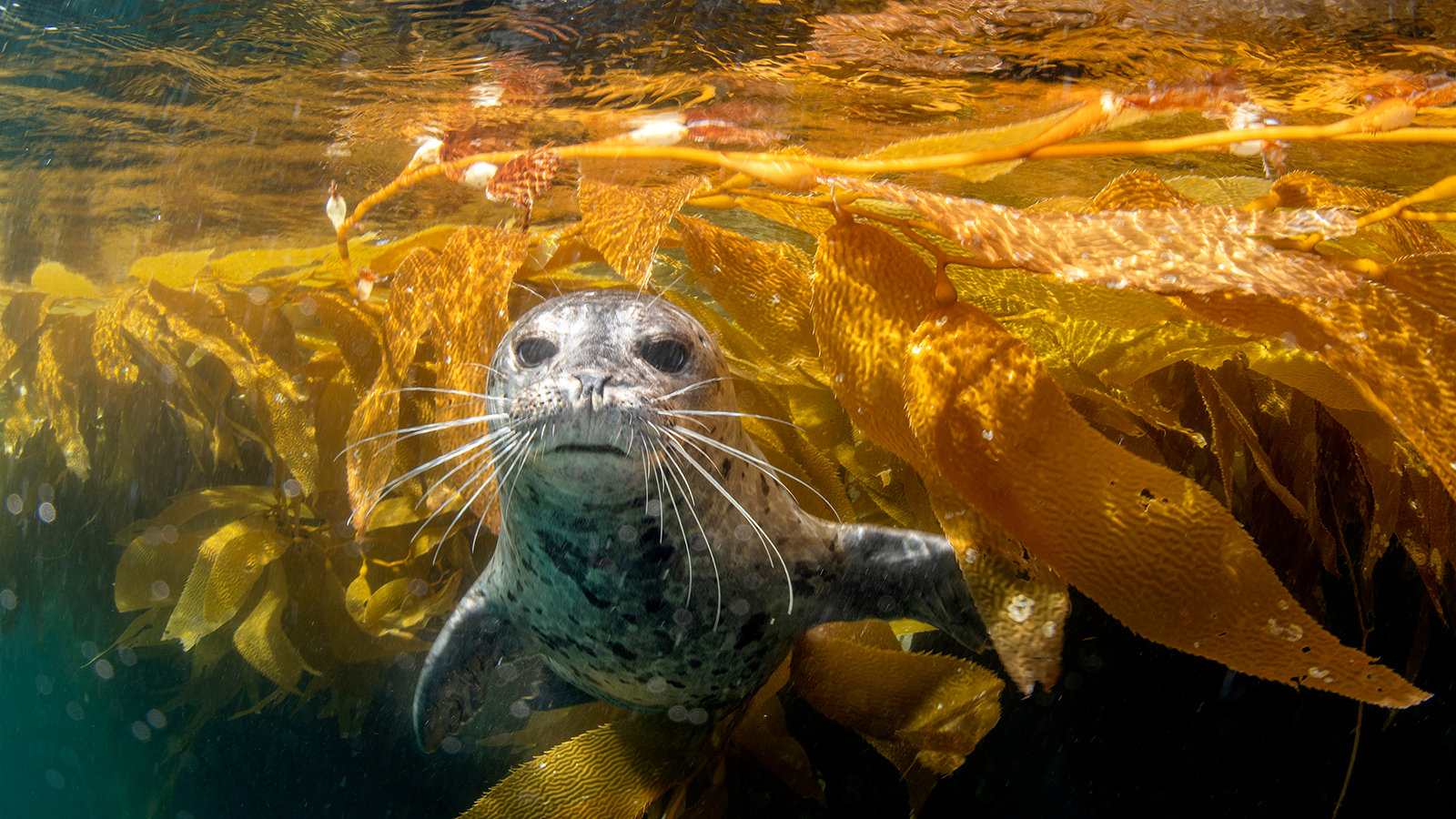
Tell Gov. Newsom: Protect California’s coast
California's sea otters face threats from plastic pollution to climate change and disease. One way to save sea otters is to protect their habitat, the beautiful kelp forests they call home. We are working to protect more of California's kelp forests so that sea otters can thrive once again off our coastline.
Add your name
Southern sea otters once frolicked up and down the California coast and numbered in the hundreds of thousands. But in the late 1800’s, fur traders hunted them to the brink of extinction. A few survived, and after a concerted effort since the 1970’s to save sea otters, there are now about 3,000 along the central California coast, but they are still threatened and their numbers and range are a small fraction of historic levels.
But, now there are new threats. Climate change is wreaking havoc on ocean life, and oil spills, plastic pollution and sewage runoff harm sea otters today. Even worse, their habitat, the kelp forests, are disappearing.
Kelp forests are critical habitats for ocean life. They create a home for fish that hide and feed in their fronds. This abundance of fish, in turn, attracts seabirds, seals, and sea lions, who visit to hunt for prey. Sea otters even use kelp fronds as anchors to keep from drifting away while they sleep
But California’s kelp forests are at risk. In just the last decade, 95% of Northern California Bull Kelp was lost. Rising ocean temperatures and the removal of key predatory species that keep herbivorous grazing of kelp forests in check have led to a decline of California’s kelp forests statewide.
This is bad news for ocean life that relies on these underwater forests. Especially for sea otters, gaps in kelp forest cover are bad news: Great white shark bites are a major reason sea otters have not expanded their populations north and south, and these bites occur more frequently when kelp cover declines.
One of the best ways to counter the threats facing our kelp forests is by creating more marine protected areas. These are like national parks offshore, spaces that are off limits to extractive activities and allow marine life to thrive once again. These ocean refuges provide protection for predatory species like southern sea otters, California spiny lobster, rock crabs, wolf eels, and predatory fishes like California sheephead, which can help reduce pressure from overgrazing. Recent science from the state found that kelp forests within protected areas have been more stable and resilient in the face of marine heat waves.
California is considering strengthening and expanding marine protected areas to include more beautiful kelp forests in the marine protected area network, from Cabrillo State Marine Reserve in San Diego to Natural Bridges in Santa Cruz to give sea otters and other coastal wildlife a chance to recover. By expanding these protections, we can help preserve some of the last remaining sites that host resilient kelp, which in turn can help our ocean life–including sea otters–thrive.
Industrial fishing interests often have opposed protecting more of the ocean and have worked to reduce marine protected areas offshore since the creation of the marine protected area network. Fortunately, the overwhelming majority of Californians support the state’s marine protected area network. We’ve seen strong support for our petitions, including from dozens of prominent marine scientists like Stanford researchers Nur Arafeh-Dalamu and Fiorenza Micheli and Santa Cruz scientist Hannah Nevins, local elected officials, and more than ten thousand Californians who have already spoken out in support of this important proposal to protect our ocean.
See our full list of Santa Cruz county support here.
Join our campaign to save the sea otter by calling on Gov. Newsom and key state agency leaders to support expanding California’s marine protected areas.
California's coastline is a true treasure. Tell Gov. Newsom to protect our kelp forests and the ocean life that call them home.
Add your name
Laura directs Environment California's work to tackle global warming, protect the ocean and fight for clean air, clean water, open spaces and a livable planet. Laura stepped into the State Director role in January, 2021 and has been on staff for over twenty years. She has led campaigns to make sure California goes big on offshore wind and to get lead out of school drinking water. As the Environment California Field Director, she worked to get California to go solar, ban single use plastic grocery bags and get on track for 100% clean energy. Laura lives with her family in Richmond, California where she enjoys hiking, yoga and baking.
